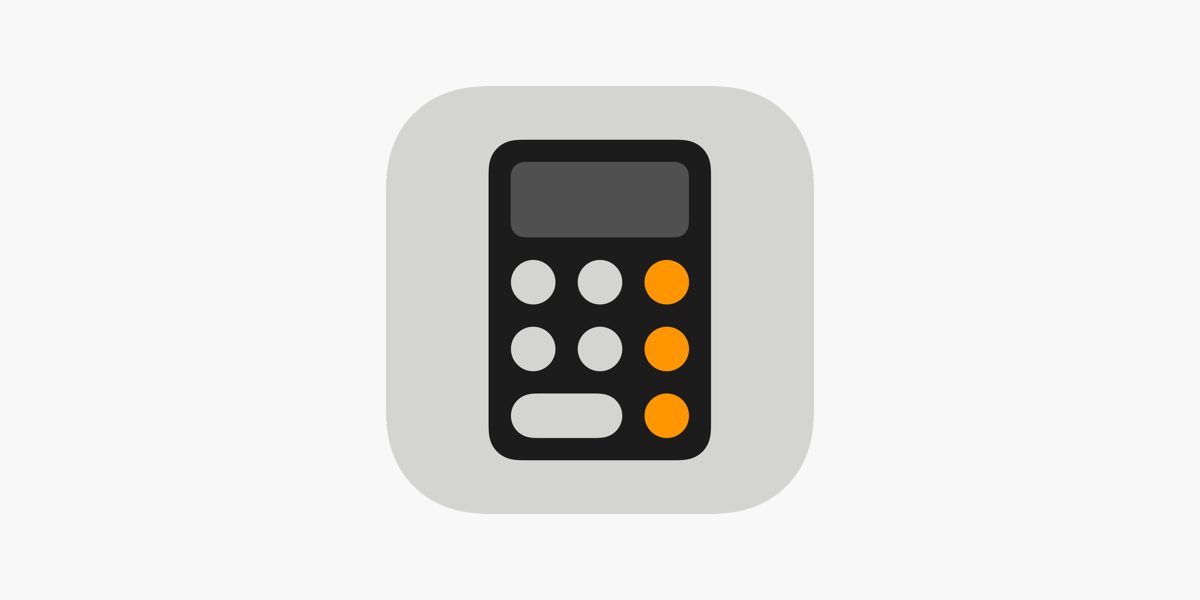
iPhone Autocorrect Creator Explains Why it Can ‘Ducking’ Suck at Times [VIDEO]

The Wall Street Journal‘s Joanna Stern recently sat down with Ken Kocienda, an ex-Apple engineer who designed the keyboard for the iPhone 2G and created ‘Auto-Correction,’ as well as other former and current Apple employees to get to the bottom of why autocorrect sometimes trips up.
We’ve all been embarrassed by autocorrect at one point or another — so much so that hilariously mortifying autocorrects were a meme over the last decade. Even 15 years after the first iPhone launched, autocorrect can be hit or miss at times.
“The more you ask it to do, the more potential there is for bugs and unexpected behaviors,” said Kocienda. And Apple has piled a lot more work onto autocorrect since Kocienda’s departure from the company in 2017.
Back in 2018, Kocienda said the hardest job autocorrect has is to infer what you meant to say from what you wrote.
When you type, Apple’s autocorrect software analyzes where exactly your fingers landed on the keyboard, the other words in the sentence, and two system dictionaries — the static dictionary and the dynamic dictionary — to figure out what you wanted to type.
The static dictionary is built into iOS and functions as a glossary of dictionary words and common proper nouns, including product names and sports teams. The static dictionary was made up of 70,000 words when the iPhone first debuted, and has since grown.
The dynamic dictionary, on the other hand, comprises words that are not found in the static dictionary but are often used by you. iOS also looks at your contacts, emails, messages, installed apps, and visited Safari pages for words to add to the dynamic dictionary. According to Kocienda and others, a word you use will be added to the dynamic dictionary by the third time you type it.
“The static dictionary and the dynamic dictionary would be in a little bit of a battle with each other,” said Kocienda. Autocorrect is designed to break the tie, he added, but it doesn’t always pick what the user would have. That’s how you get some pretty confusing and annoying word swaps.
If autocorrect is being particularly annoying with a word you use often, you can manually add the word to your dynamic dictionary by going to Settings > General > Keyboard > Text Replacement and typing the word into both the Phrase and Shortcut fields.
As for curse words and other profanities, Kocienda said he was actually tasked with creating a list of bad words and adding them to the static dictionary when he was working on the original iPhone. The ex-Apple engineer then set a special rule for the list: “Never ever help anybody type these words.”
Autocorrect is also into the habit of making some pretty baffling grammatical errors — introducing apostrophes where there shouldn’t be any, in particular. For example, “its” is often corrected to “it’s” and “well” turns into “we’ll.”
Grammatical errors might just be a product of Apple’s machine-learning algorithms, which are designed to assess and learn from what people have written on the internet. Alternatively, some of them may just be a result of where your fingers land on your keyboard.
“I turned off autocorrect for a day and barely lived to tell the tale,” wrote Stern. The reporter concluded that the iOS implementation of autocorrect hasn’t necessarily gotten worse than before, but has become more aggressive. What’s more, users don’t get to see the many fixes autocorrect does make — only the errors.
Third-party iOS keyboard from Google, Gboard, is one worthy alternative to Apple’s stock iPhone keyboard.
Former Apple engineer Ken Kocienda is also the author of the book Creative Selection, which delves into the Steve Jobs era at Apple and how the tech giant created products like the iPhone, iPad, and Safari web browser.


